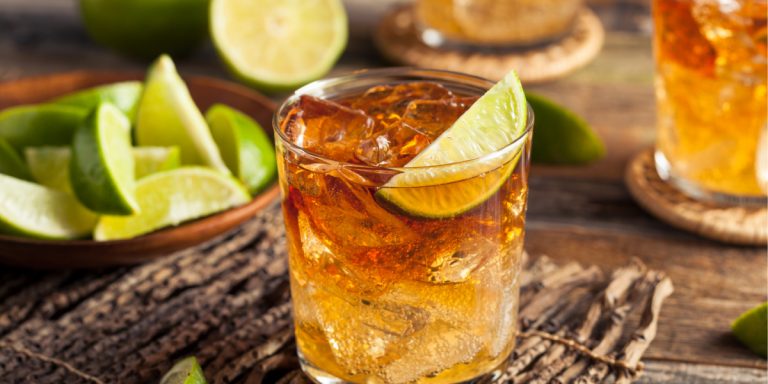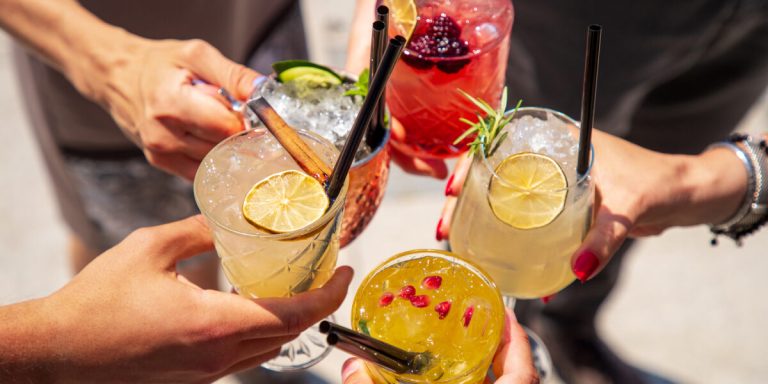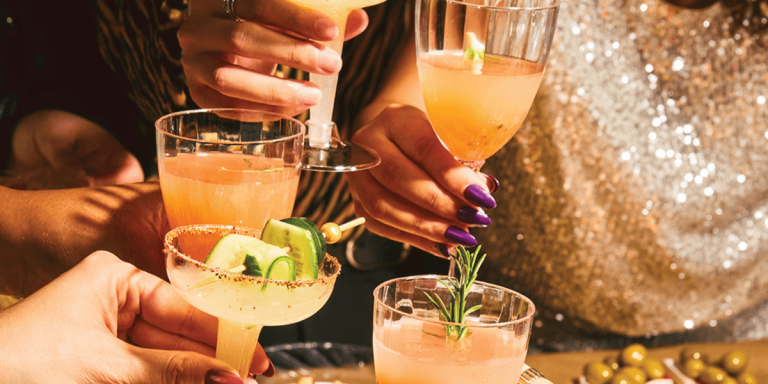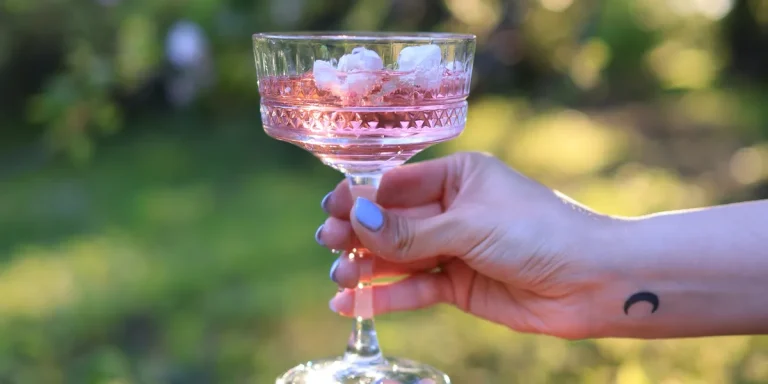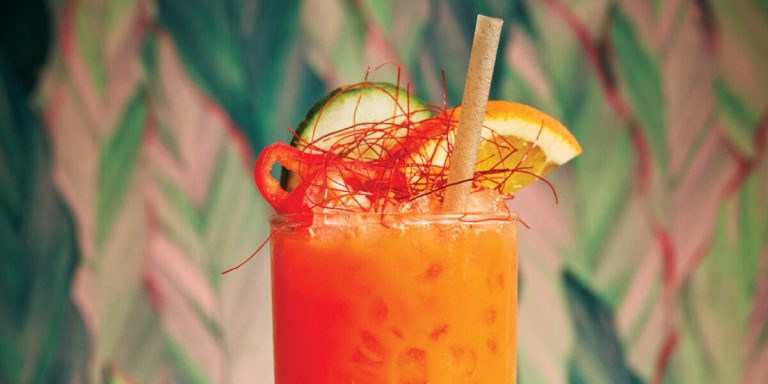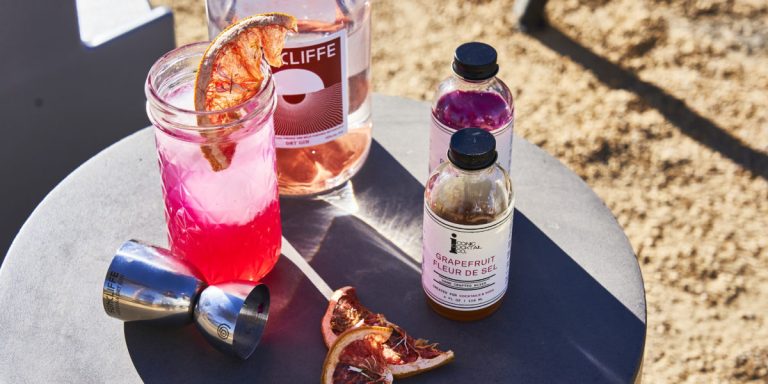Cocktail Fails We’ve All Made And How to Fix Them
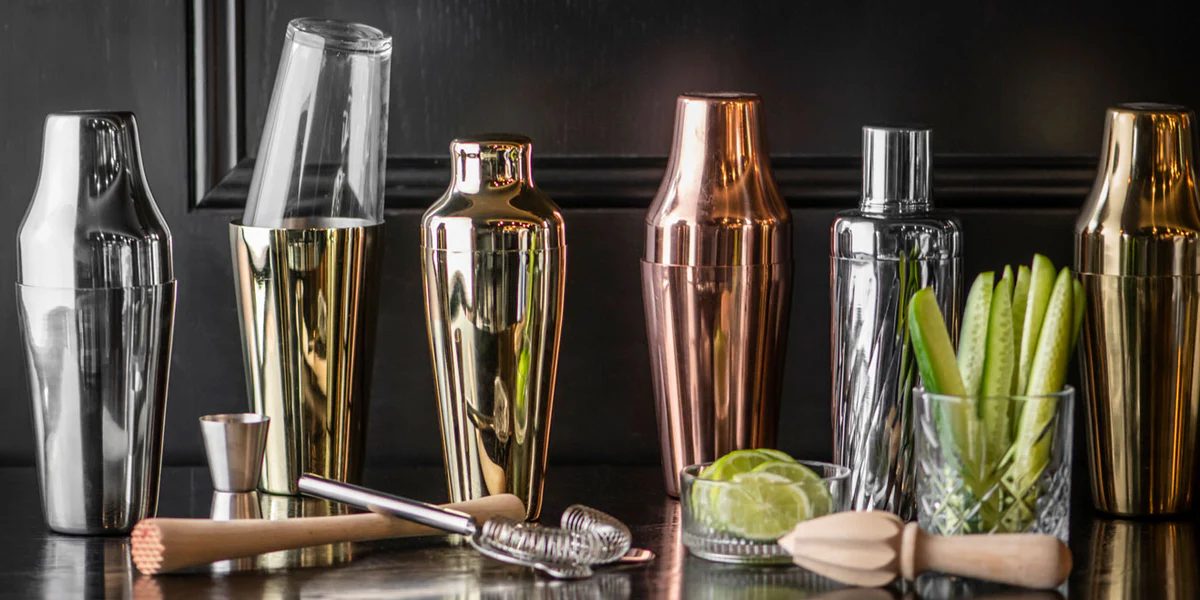
Mixing cocktails at home always sounds glamorous until I find myself staring at a glass that looks nothing like what I imagined. Over the years, I’ve made every mistake possible, from drowning my drink in too much ice to completely throwing off the balance of flavors. The good news is that every mistake has a solution, and the more I’ve corrected these errors, the better I’ve become at making cocktails that actually impress. What I’ve learned is that cocktail making is as much about precision as it is about creativity, and small adjustments can turn a disaster into something I’d happily serve again.
Using Too Much or Too Little Ice
Ice might seem like the least important part of a drink, but I’ve found it makes or breaks the cocktail. My earlier attempts often ended with drinks watered down because I left the ice melting too long before sipping, or the opposite happened when I used too little, and the drink never properly chilled. Cocktails rely on dilution and chilling to balance the flavors, so ice isn’t just about making the drink cold it’s part of the recipe itself.
What fixed this mistake for me was paying attention to the type of ice I was using and how I used it. Large cubes are best when I want a slower dilution, while crushed ice works for drinks like mojitos where I want the flavors to mellow quickly. Shaking with enough ice until the shaker frosts over has become my go-to rule, and I serve immediately instead of letting the drink sit around.
Overpouring the Spirits
I used to believe more alcohol would always make a cocktail better. That was a mistake. An extra half-ounce of gin or rum can completely dominate the other ingredients, turning something that should be balanced into a drink that tastes harsh and uneven. Overpouring also makes it difficult to recreate the same cocktail consistently, which is frustrating when I want to perfect a recipe.
I learned to measure with a jigger instead of free-pouring. It gave me consistency and a better understanding of what each spirit contributes. Once I started respecting proportions, I realized how well-crafted cocktails achieve balance where the alcohol is present but not overwhelming. That was when I started tasting the difference between a thrown-together drink and one that felt intentional.
Skipping Fresh Ingredients
There’s no quicker way to ruin a cocktail than using bottled lime juice or flat mixers. I’ve done it when I was short on time, and the drink always suffered. Fresh citrus juice, herbs, and even freshly opened soda water transform the flavors, and once I noticed the difference, I never went back.
The fix was simple: I started keeping a small stash of lemons, limes, and herbs like mint or basil in my kitchen. Even when I wasn’t planning to make cocktails, I found they kept well and came in handy. For mixers, I only open what I need and make sure it’s cold before using it. Small details like squeezing juice right before shaking a drink elevate the flavor in ways bottled substitutes never can.
Not Balancing Sweetness and Acidity
One of the hardest lessons I had to learn was how delicate the balance between sweetness and acidity is. Sometimes I’d make a drink that was so sour it made me pucker, and other times it was so sweet it felt heavy. Both extremes made the cocktail hard to enjoy.
The turning point came when I started tasting as I went. If a drink leaned too tart, I’d add a touch of simple syrup. If it was too sweet, I’d squeeze in more citrus. Once I started thinking of cocktails like cooking, where seasoning matters, I got better at finding the sweet spot. Balance isn’t about perfection every time but about adjusting so no single note overwhelms the others.
Over-Shaking or Under-Shaking
I used to think shaking was all about looking the part. Either I would barely shake because I didn’t want to spill, or I would shake so aggressively that my drink turned cloudy and over-diluted. Both approaches left me disappointed.
The fix came when I learned that shaking has a purpose beyond mixing: it aerates, chills, and dilutes the cocktail just enough. Now, I shake firmly for about 10–15 seconds until the shaker is icy cold, which usually gets the texture just right. For stirred drinks, I resist the urge to shake at all and instead stir with intention, letting the clarity and smoothness shine.
Forgetting the Garnish
At one point, I thought garnishes were just for looks, so I skipped them. But when I started taking cocktails more seriously, I realized a garnish often changes the drinking experience entirely. A citrus twist releases oils that hit the nose before the sip, while fresh herbs add a burst of aroma that elevates the flavor. Without them, the drink always felt like it was missing something.
Fixing this was easy once I kept a few basics on hand. A lemon or orange peel, fresh mint, or even a simple cherry can transform the presentation and taste of a cocktail. I learned that garnishes don’t need to be elaborate, just intentional.
Using the Wrong Glassware
Serving a martini in a tall glass or a whiskey sour in a pint glass doesn’t just look odd it affects how the drink feels. I’ve done it out of laziness when I didn’t want to wash more dishes, and the drink always felt off. The size, shape, and weight of the glass matter because they influence everything from aroma to temperature retention.
I started collecting a few basic pieces of glassware: coupes, rocks glasses, and highballs. With just those, I could serve almost any cocktail properly. The difference was immediate, not just in how the drink looked but also in how it felt to sip.
Ignoring Technique
Technique is where many of my mistakes came from. I’d stir drinks that needed shaking, shake drinks that should be stirred, and muddle herbs until they turned bitter. Every misstep taught me that cocktails are as much about technique as they are about ingredients.
I improved by slowing down and respecting the method. If a recipe called for stirring, I stirred until it was properly chilled. If muddling was involved, I pressed gently instead of smashing. These little adjustments improved texture, clarity, and flavor dramatically.
Overcomplicating Recipes
In my enthusiasm, I used to throw in every syrup, spirit, and garnish I had, thinking complexity would impress. The result was usually a confused drink where nothing stood out. More ingredients don’t always equal better flavor.
Now, I value simplicity. Some of the best cocktails I’ve made use just three or four ingredients, each pulling its weight. Focusing on quality over quantity gave me better results and helped me understand what works together.
Not Tasting Before Serving
One of the biggest mistakes I made was assuming the recipe would always work without tasting. I’d pour the drink into a glass, garnish it, and then realize something was off after taking the first sip. By then, it was too late to adjust.
I solved this by making it a habit to taste from the shaker or spoon before pouring. If it needed a tweak, I could fix it right away. That small step saved me from serving drinks that weren’t quite right, and it gave me confidence in the final product.
Relying Too Much on Recipes
Following recipes helped me learn, but I used to cling to them so tightly that I never experimented. This kept me from really understanding how flavors interact. I’d panic if I didn’t have the exact syrup or spirit, thinking the drink would fail.
What changed everything was allowing myself to improvise. If I didn’t have simple syrup, I’d use honey or agave. If I was out of lime, I’d try lemon. Experimenting not only gave me confidence but also taught me that many cocktails are flexible as long as balance is maintained.
Conclusion
Making cocktails at home has been a long journey filled with plenty of mistakes. From mismanaging ice to skipping garnishes, every error taught me something new about what makes a drink truly enjoyable. Fixing these common fails has made me appreciate the craft more, and it’s why I look forward to mixing drinks now instead of dreading the outcome. Cocktails don’t need to be complicated, but they do demand care and attention. The more I practice, the more I realize that fixing mistakes isn’t just about salvaging a drink it’s about growing as a home bartender.

